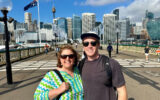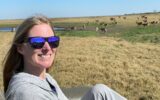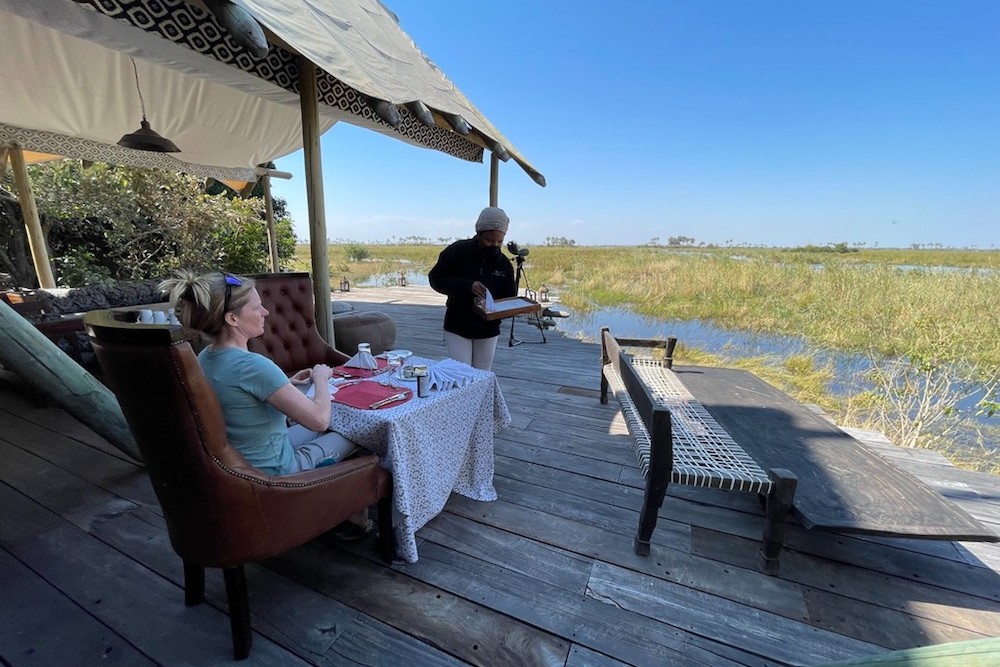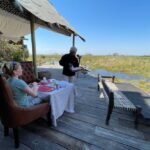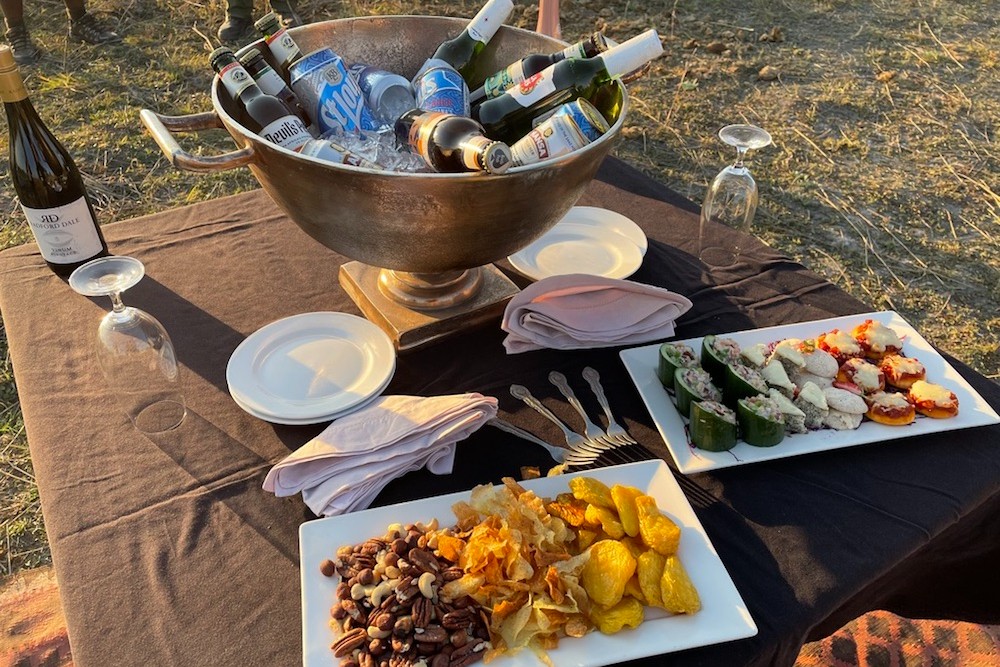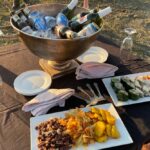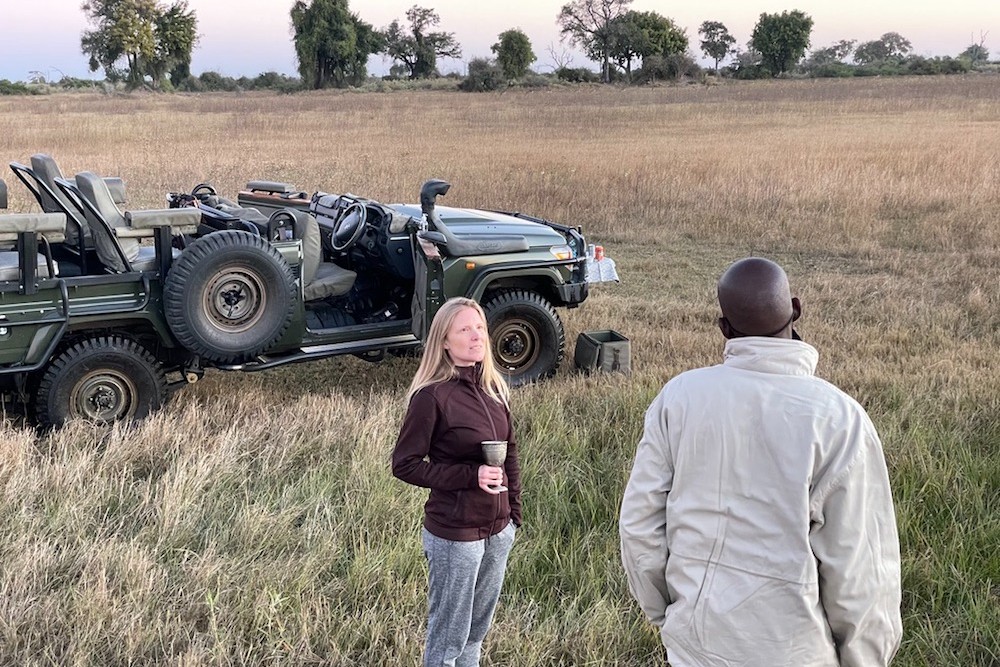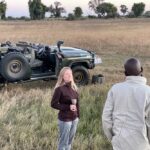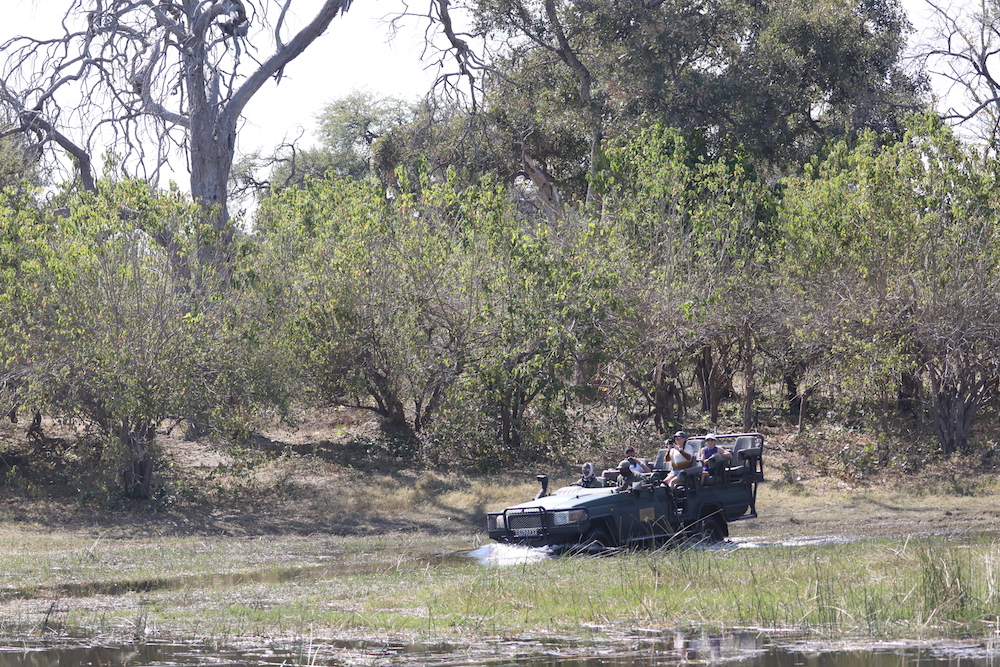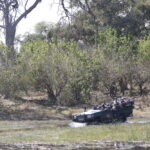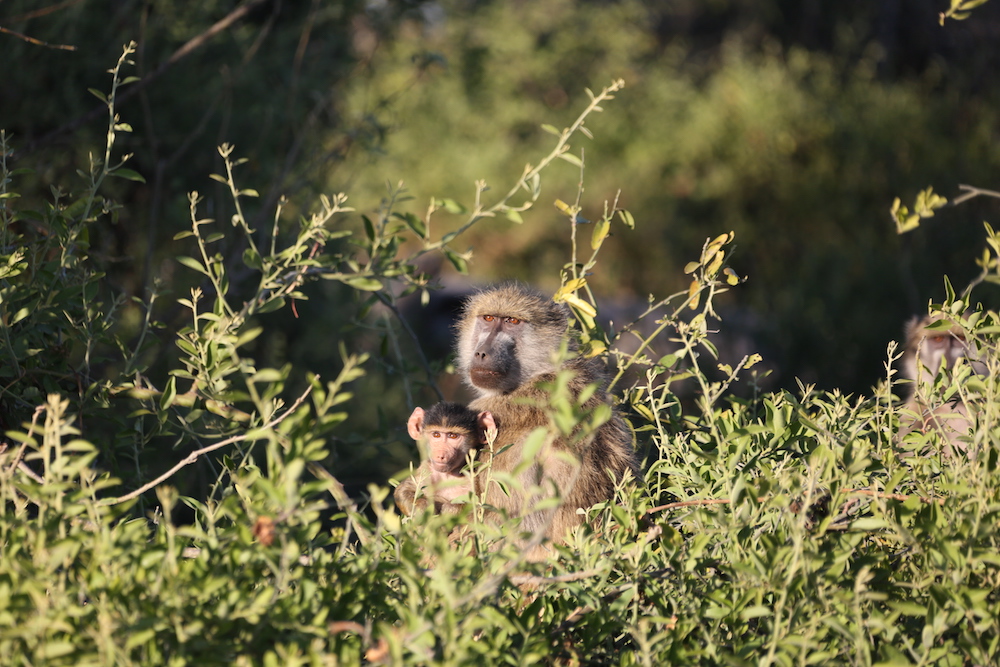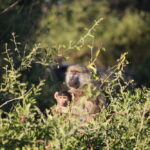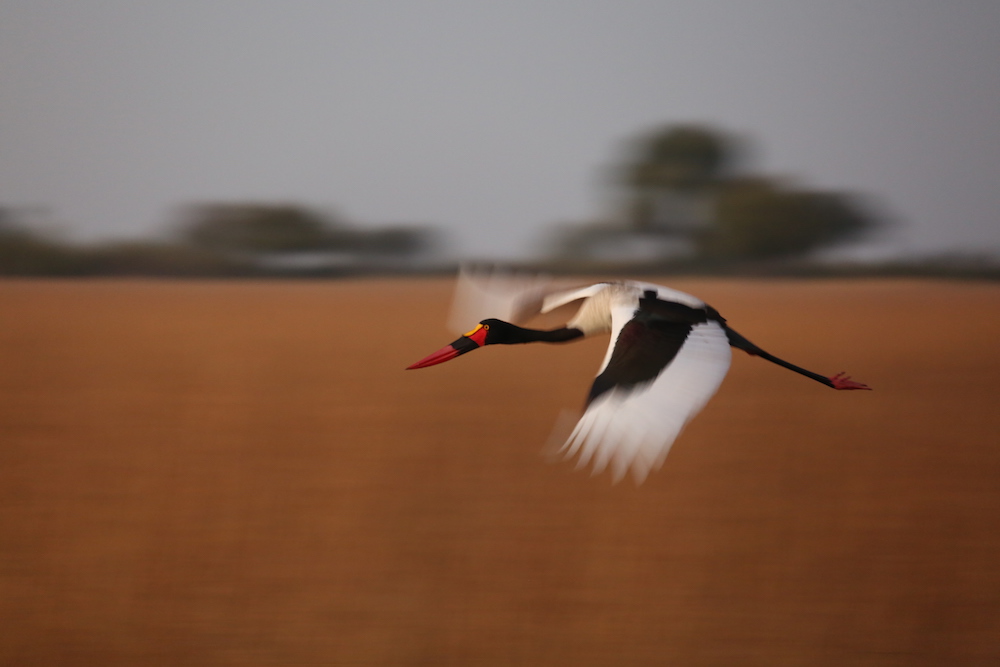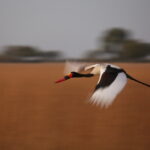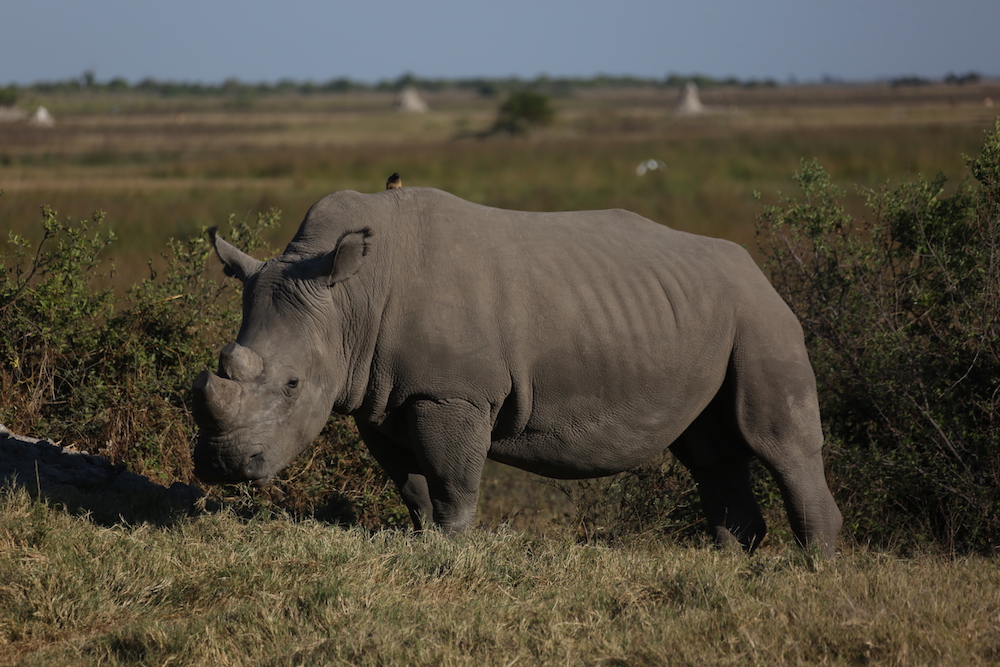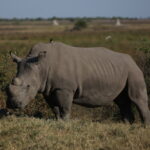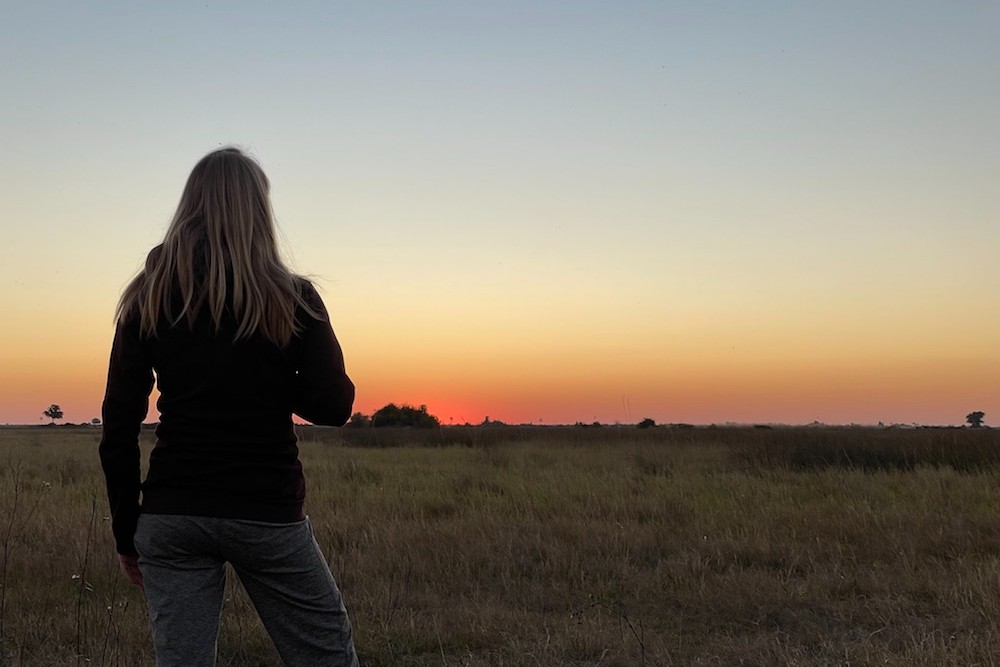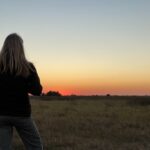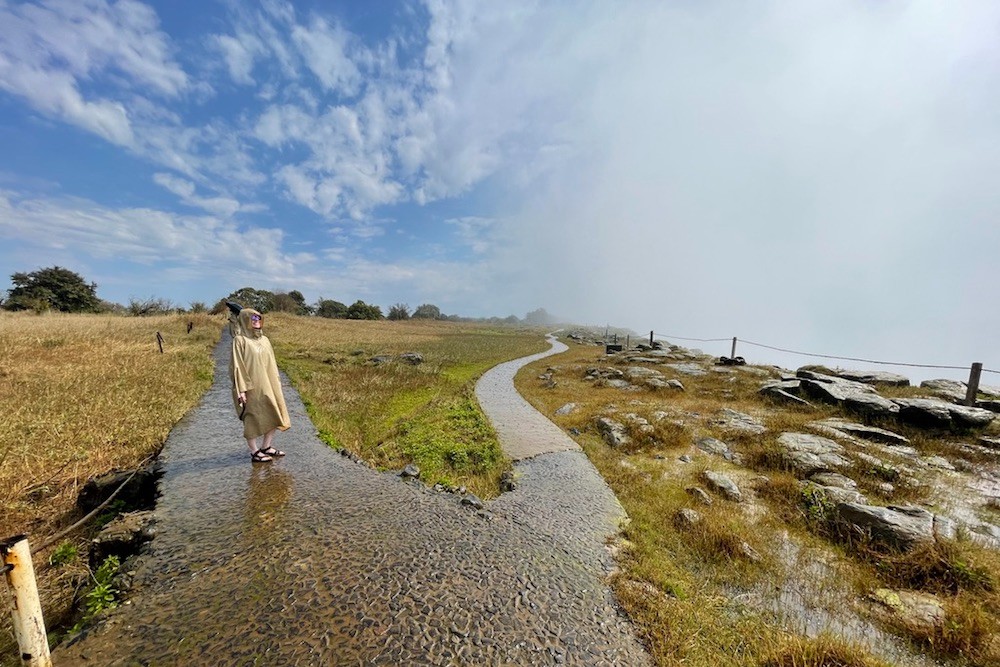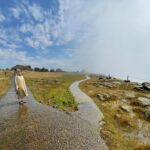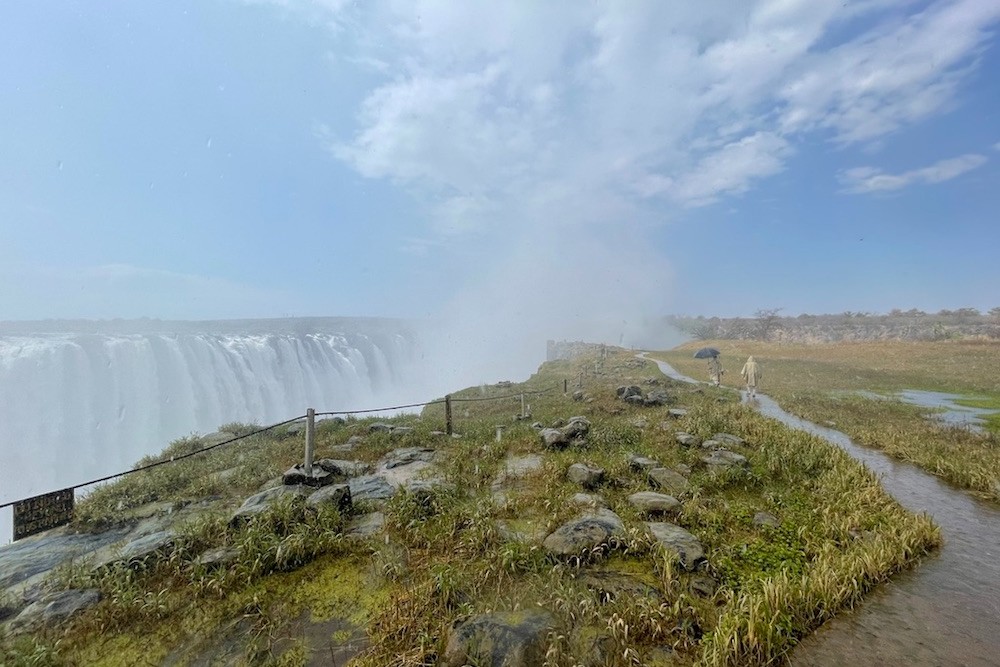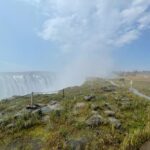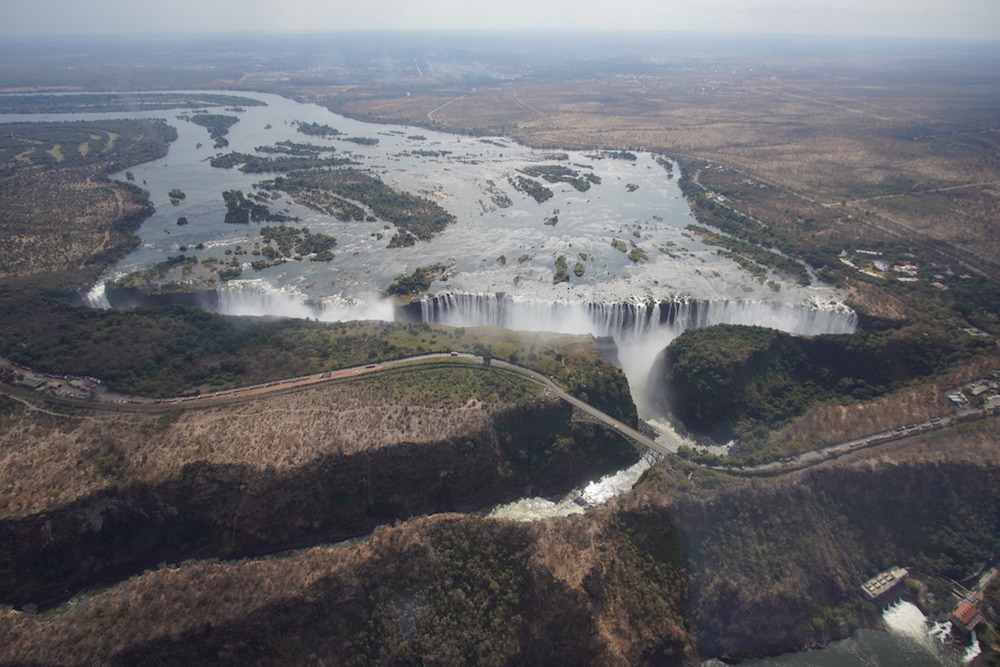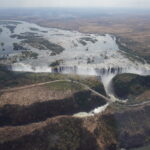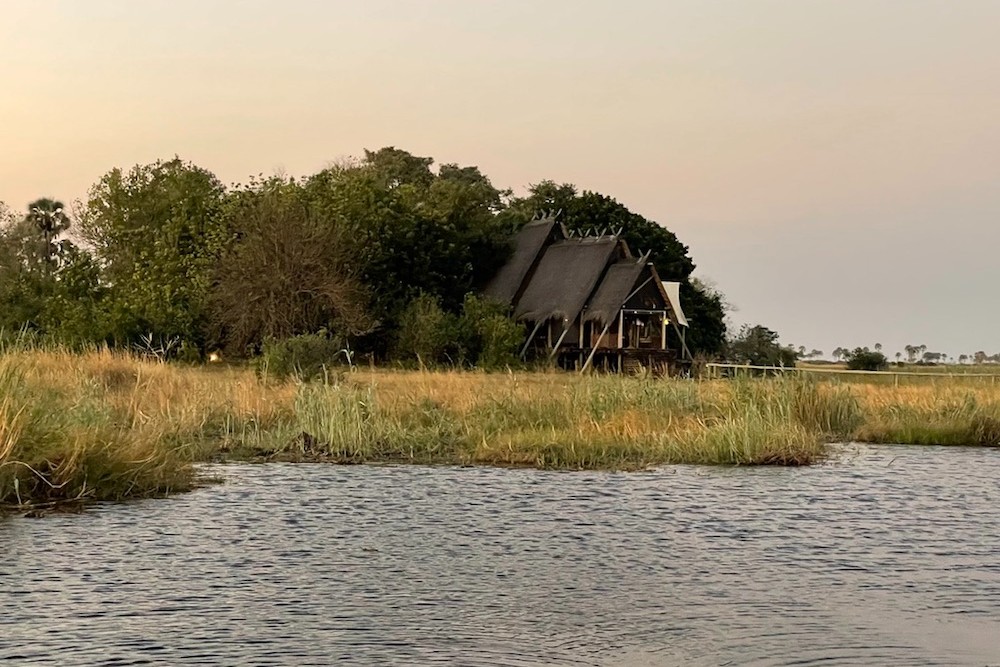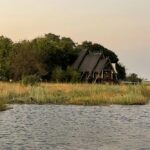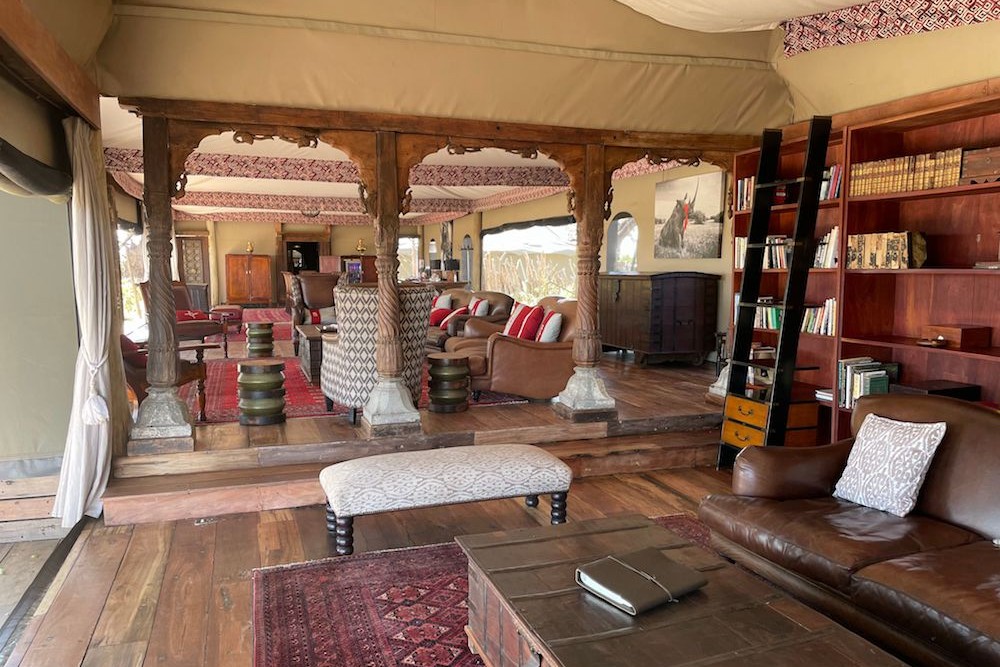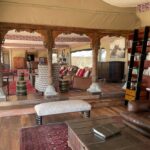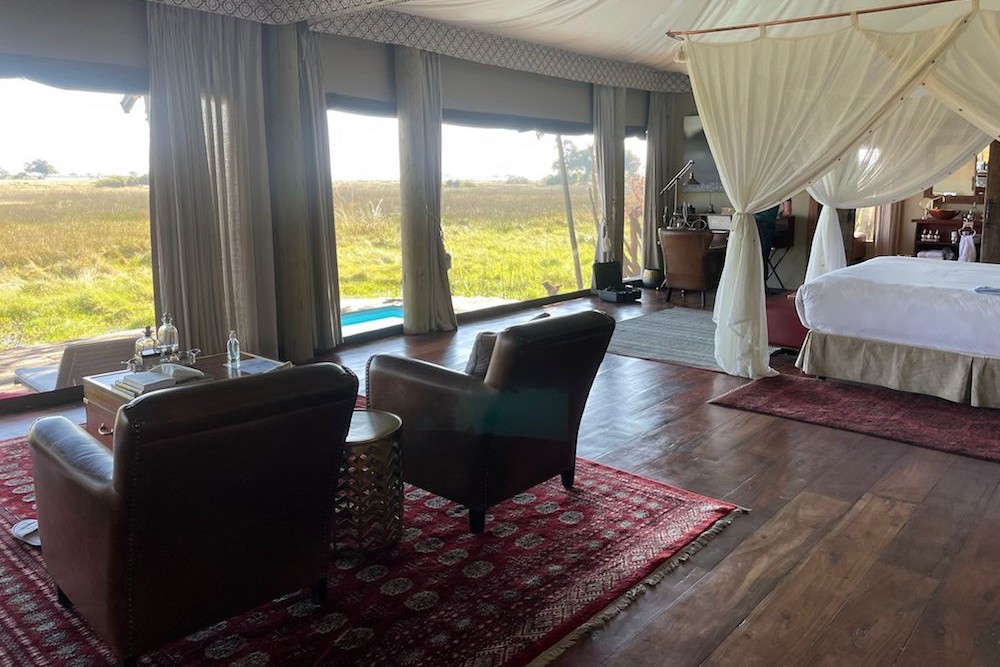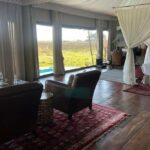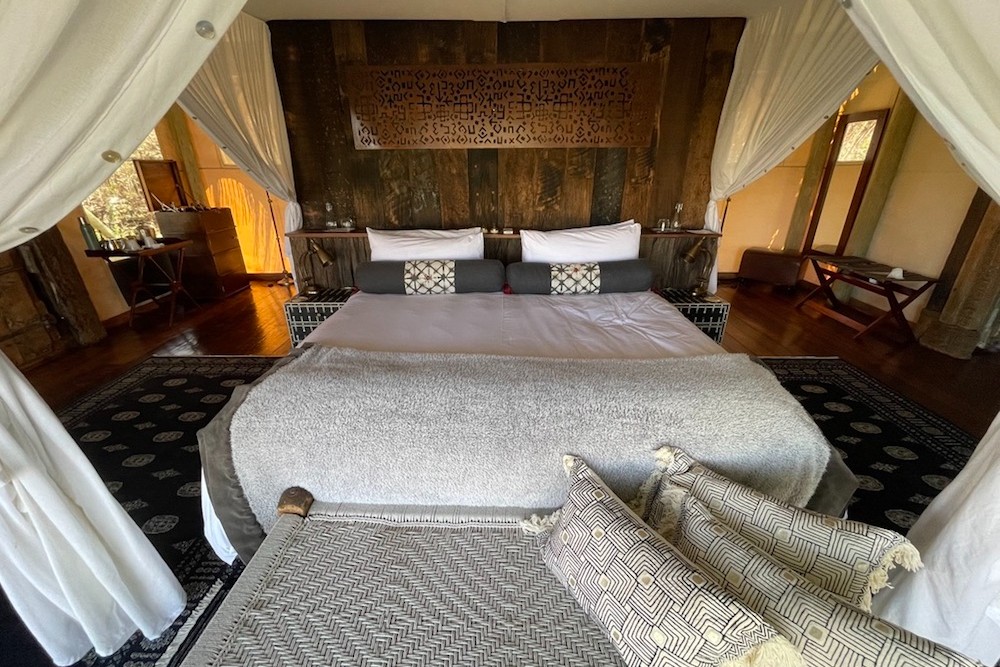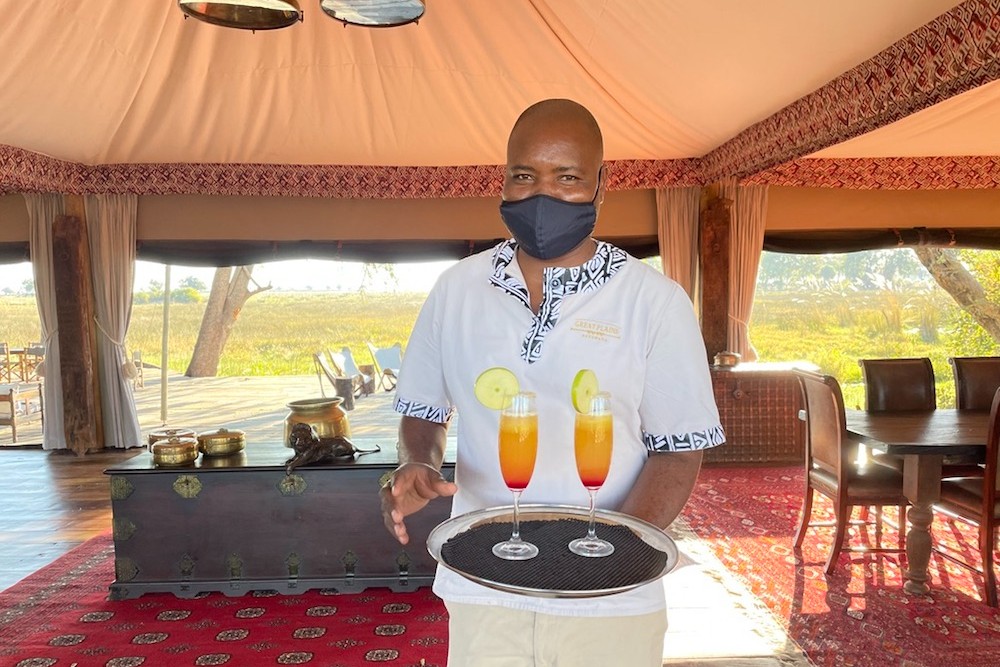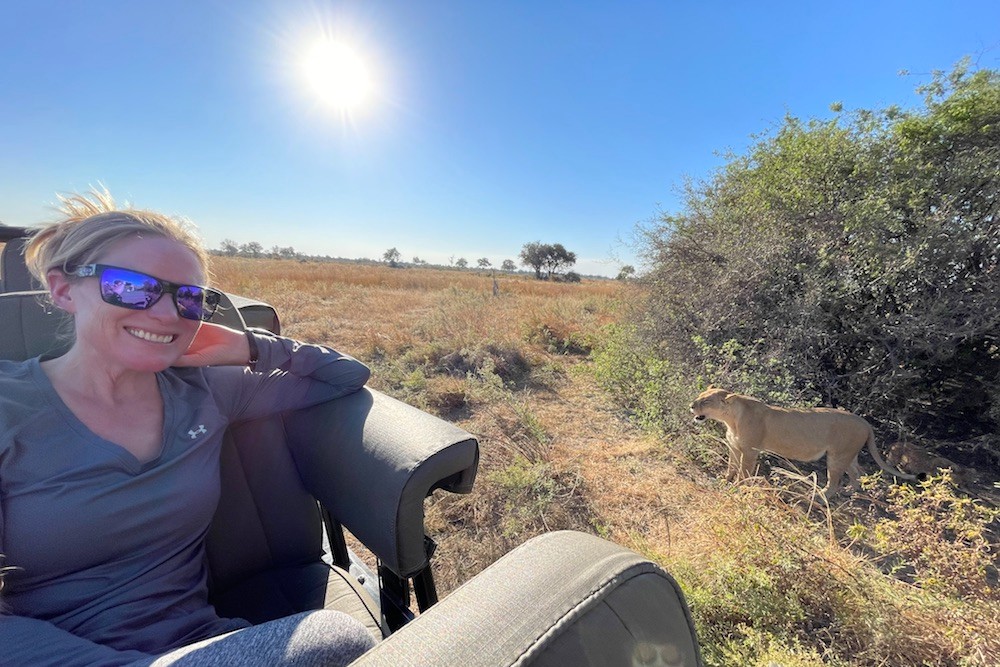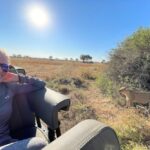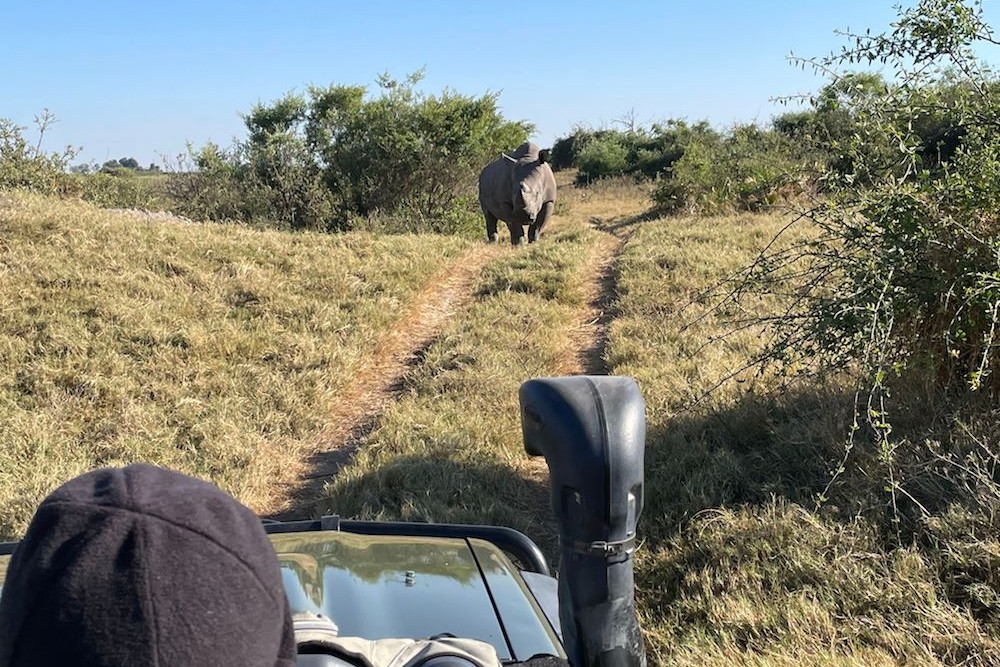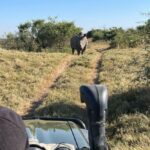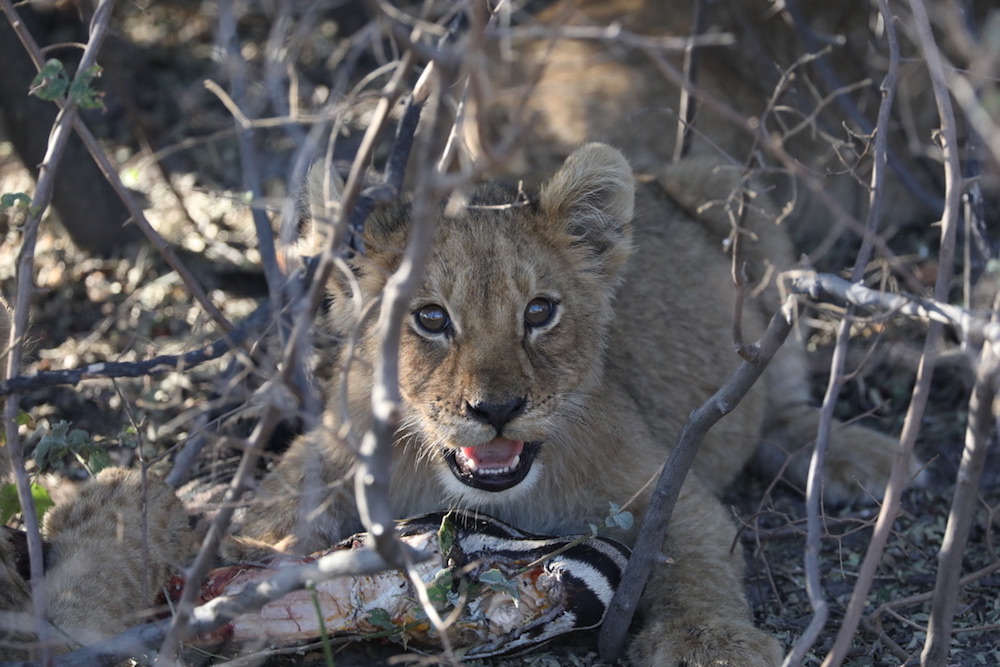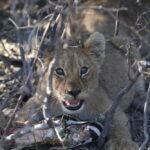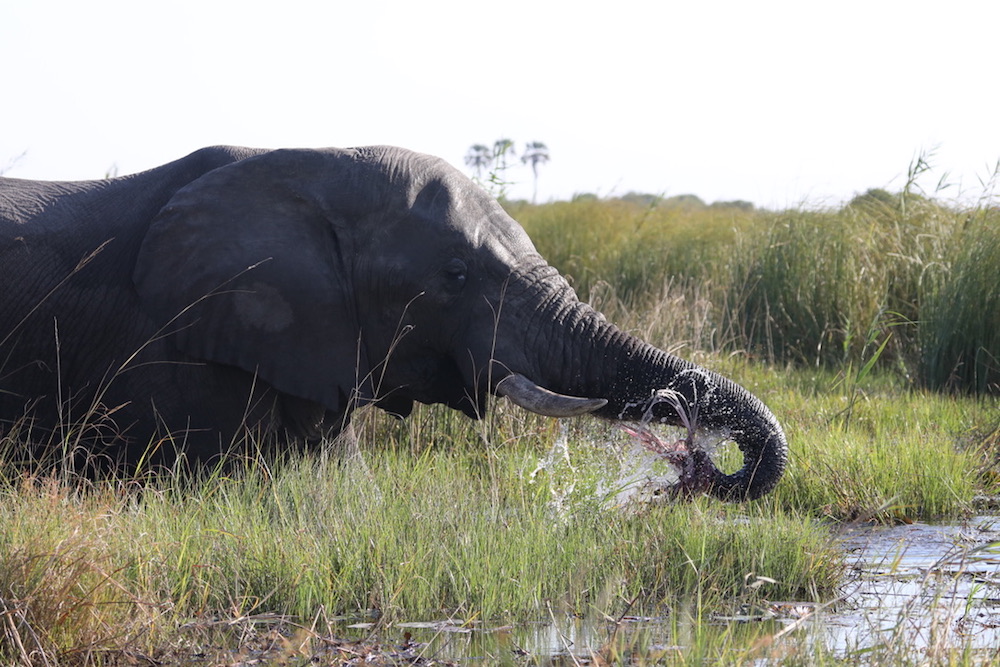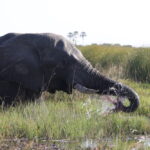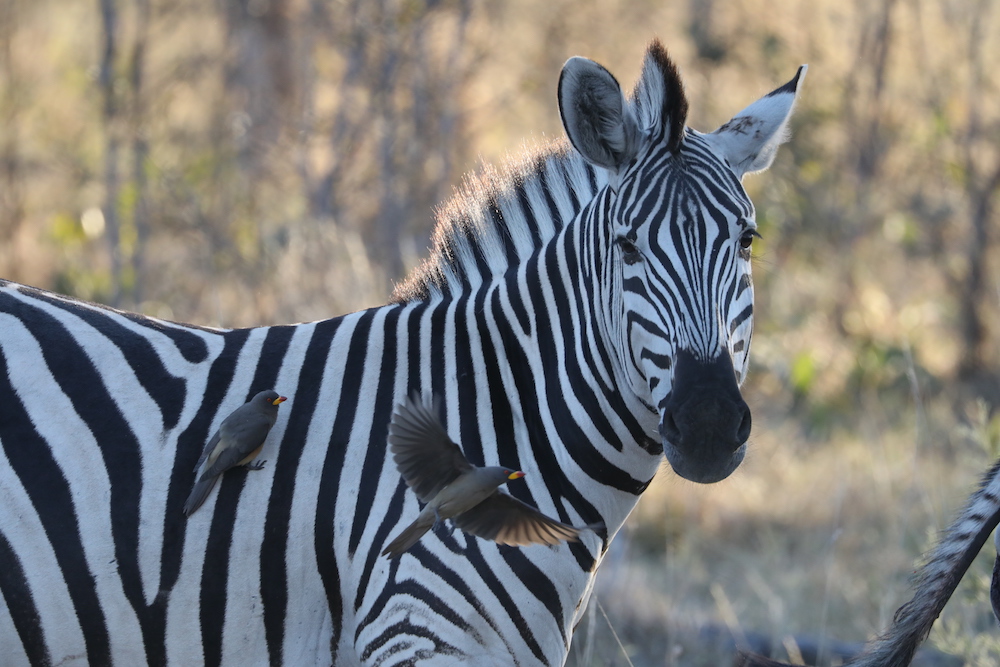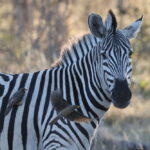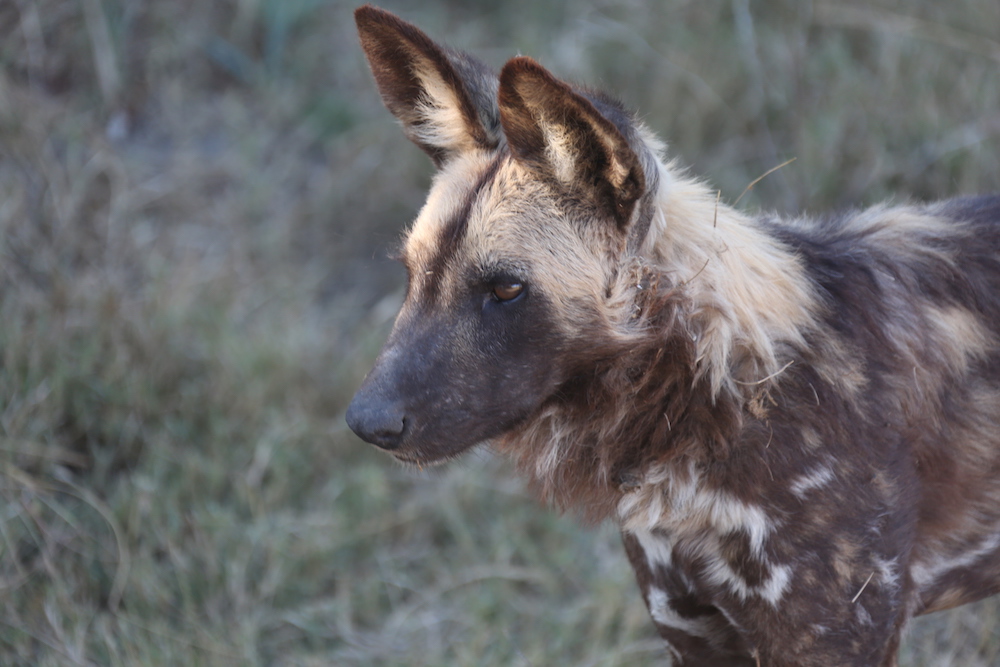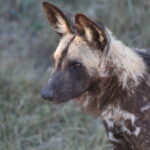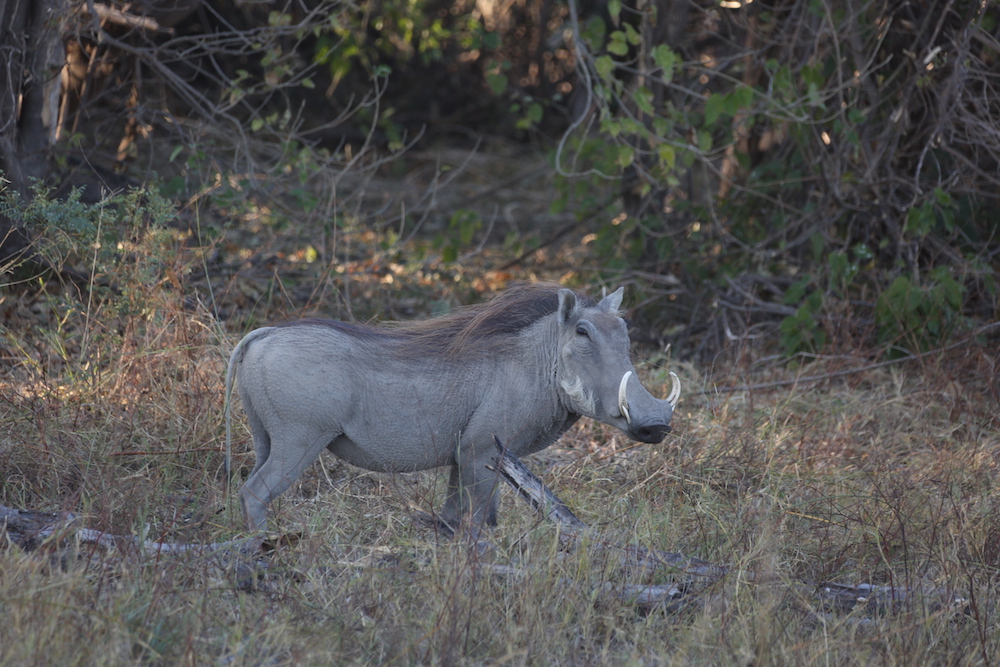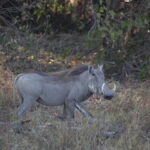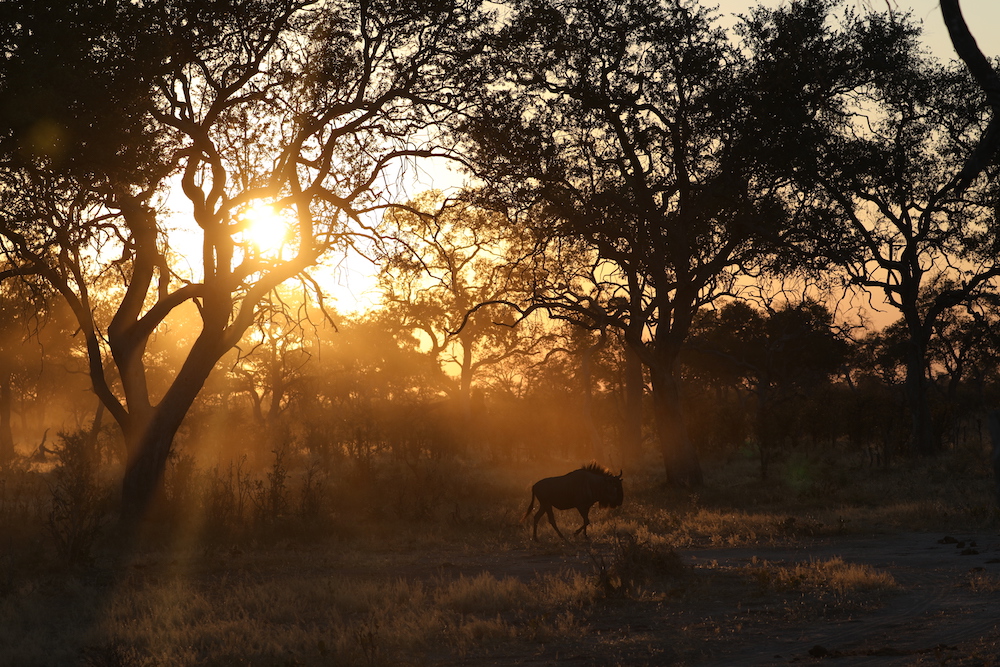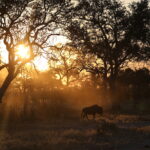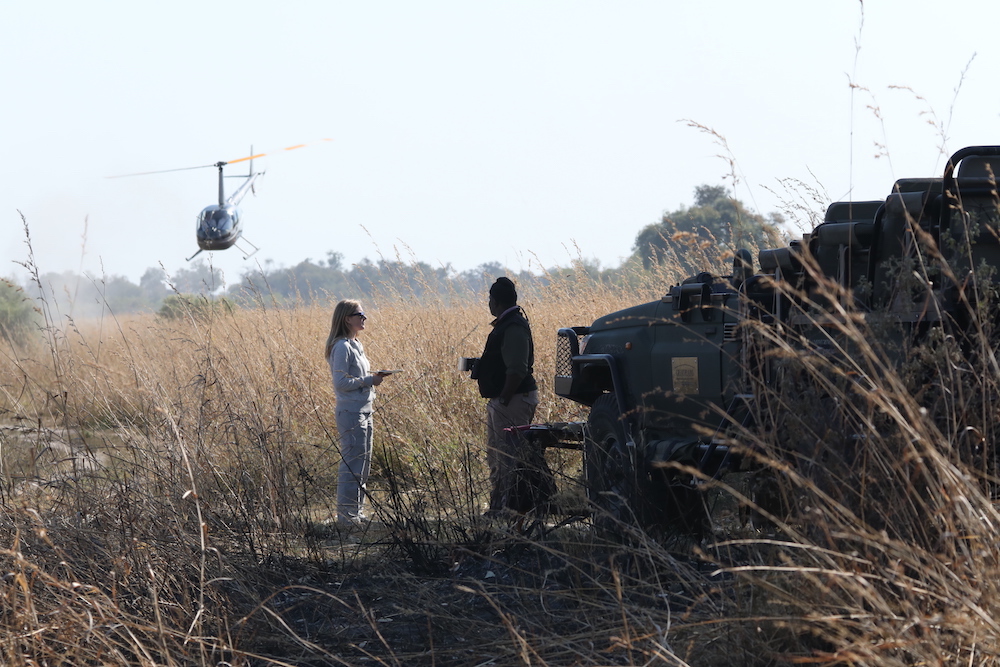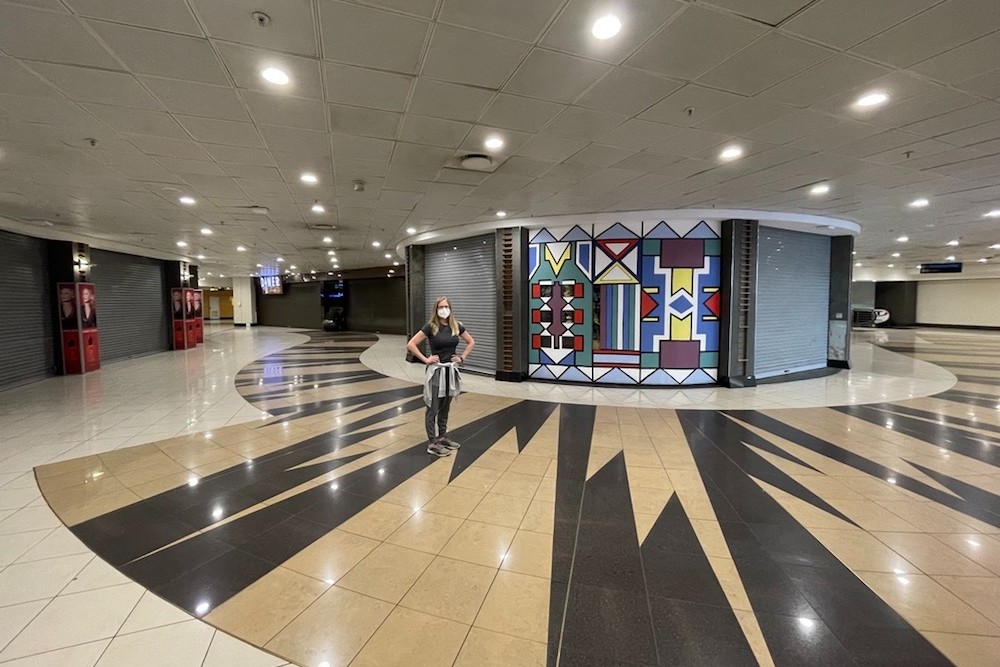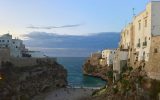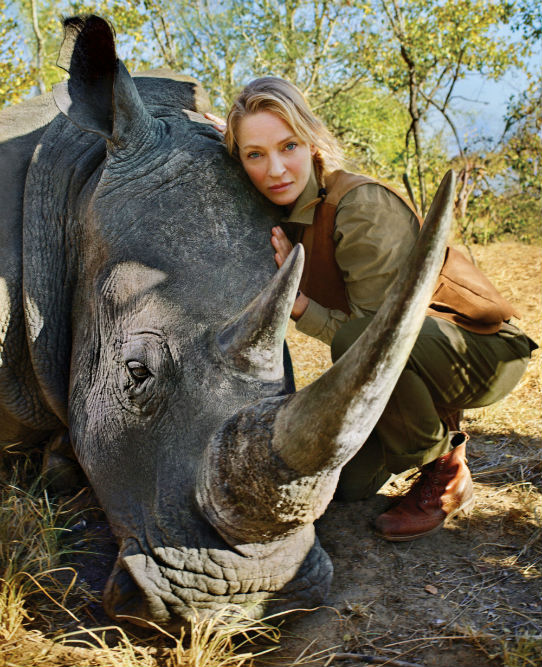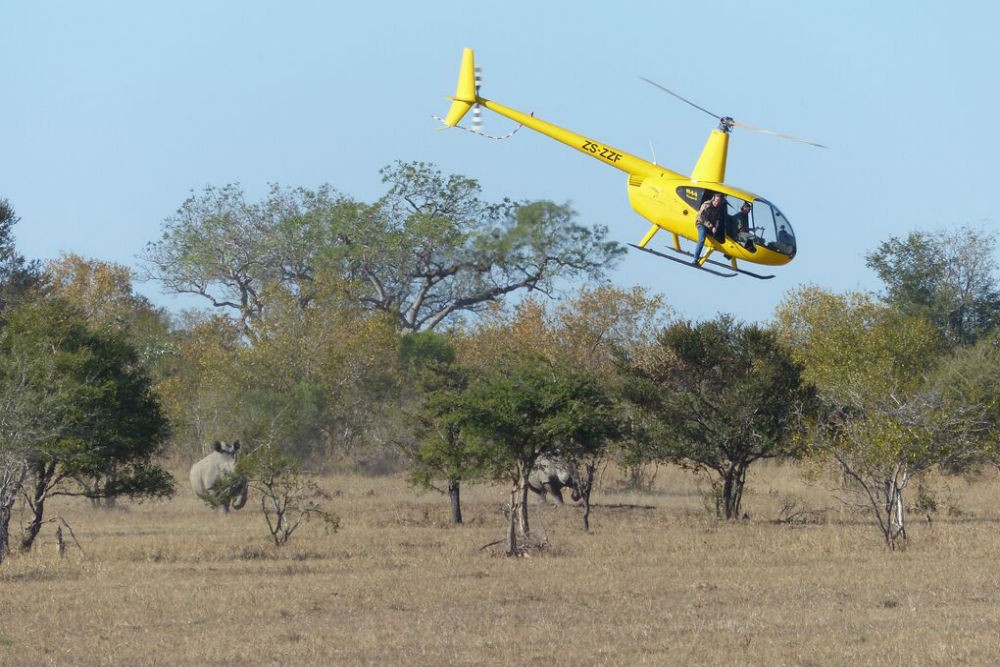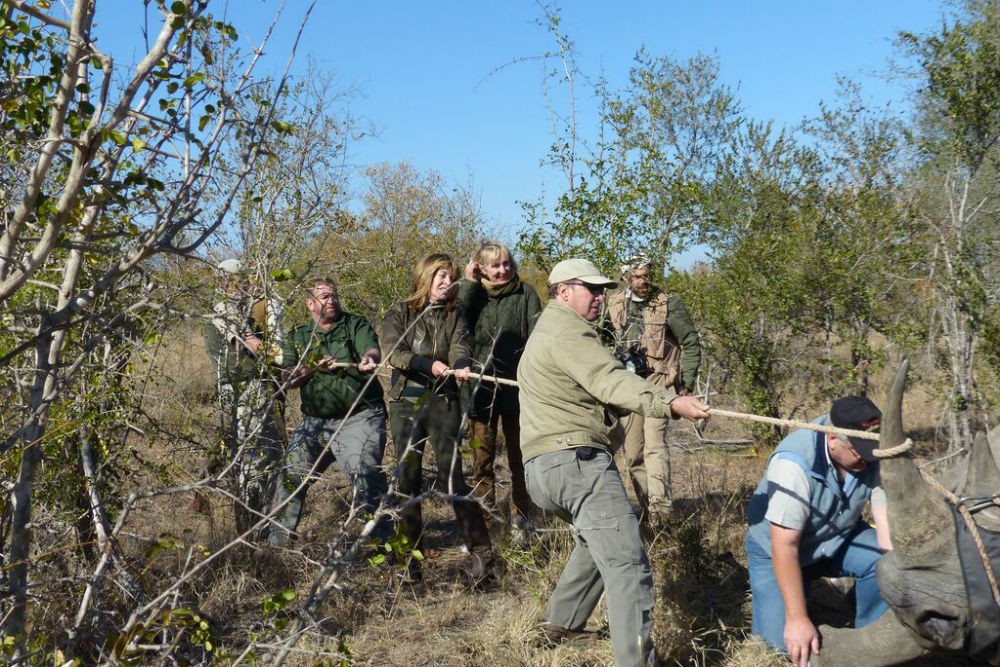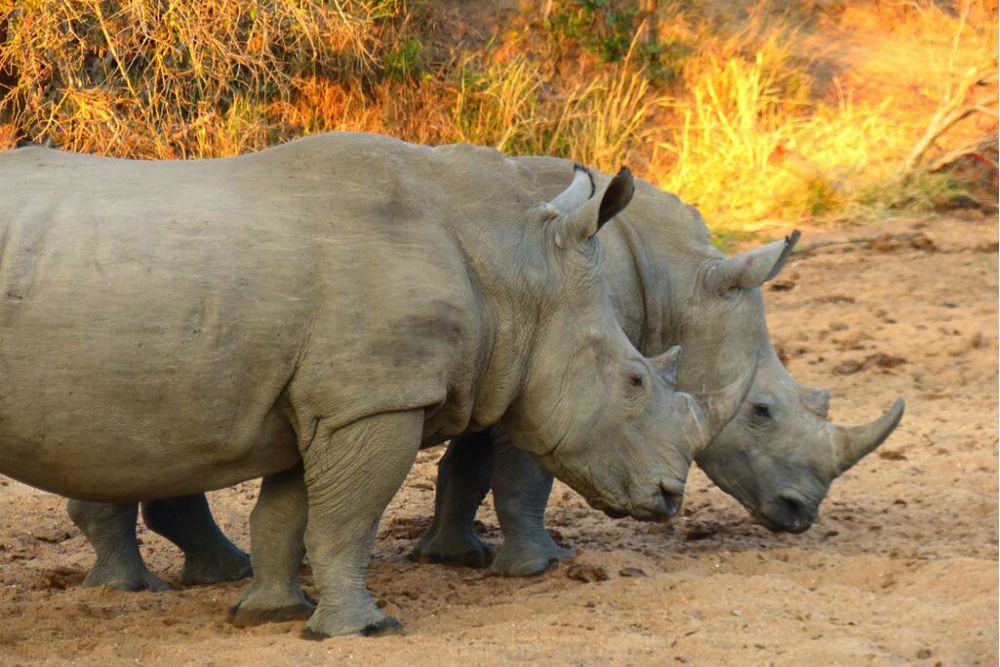With more and more students spending a semester studying abroad, we’re seeing more and more families travel to visit them. I’m just back from visiting my son Charlie in Australia, and many of you are arranging ever cooler trips to meet up with your own favorite undergrad, everywhere from Copenhagen to Botswana. So I thought I’d share some hard-earned wisdom:
- When you reunite with your child in their foreign homebase, they won’t have jet lag, but you will. For our Australia trip, we knew Charlie would run us ragged playing tour guide. That meant we needed to get over jet lag before joining him in Sydney. So we opted to start our trip by recovering from jet lag first, at Lizard Island on the Great Barrier Reef. As it turned out, half of the people we met on Lizard Island were parents from the U.S. who had just been in Sydney visiting their student! (And many wished they’d eased in at Lizard Island first.)

Charlie studying in the grand State Library of New South Wales, Sydney, Australia. Photo: Wendy Perrin
-
- Consider Thanksgiving or spring break. Of course you’ll want to visit when your college student has free time and doesn’t have exams. But if you’re bringing other children who are on a U.S. school schedule, your best timing during the fall semester is likely to be Thanksgiving, and your best timing during the spring semester is likely to be spring break. Such timing works well in many popular Study Abroad cities, such as Barcelona and Florence: Prices are lower and tourist crowds fewer than in peak season (Thanksgiving is not a holiday in Europe).
-
- Make advance reservations. Many college students today have a last-minute lifestyle, which might not work well if you’ve got a group of people. Let your student show you their adopted city through their eyes, but if they’re not accustomed to planning activities and meals for a group, consider using the right local itinerary-planning expert who can cater to the special interests of each family member, optimize your itinerary for the month and days of the week that you’re visiting, and reserve hard-to-get-into restaurants or activities (such as a twilight Sydney Harbour Bridge climb, which Tim and Charlie did, below).
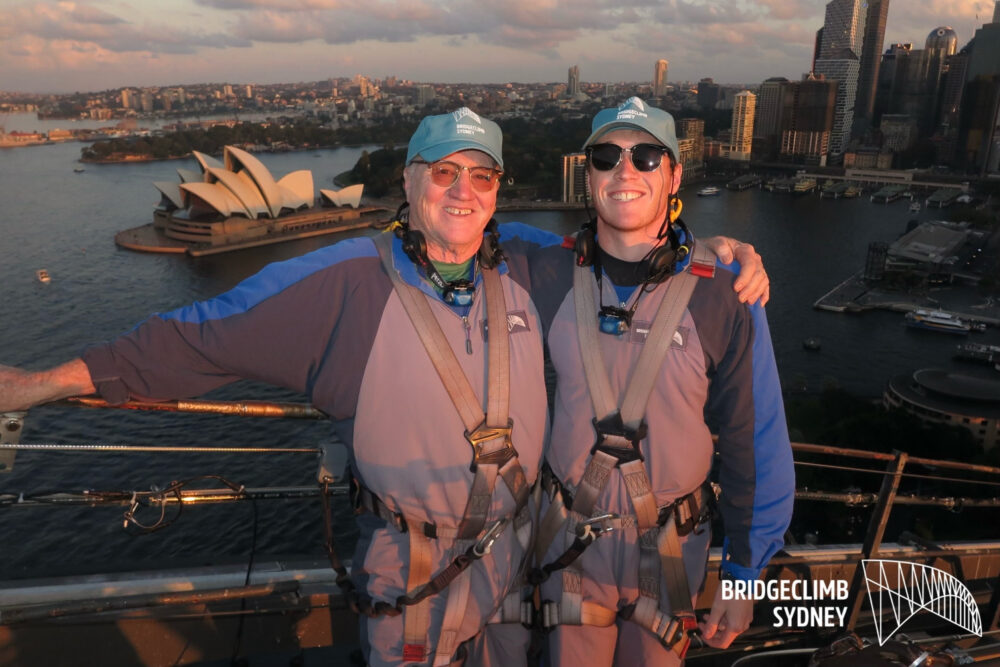
Charlie and Tim atop Sydney Harbour Bridge.
-
- Don’t forget about other nearby countries. The study-abroad kids I know are exploring a different city within their new country almost every weekend. So think about other countries nearby where your student might not travel on their own. I’ve seen parents take a Spain-based student to Morocco, for example, or an Italy-based student to Malta.
There is a vast array of study-abroad programs now, not just for a semester but for January term, “Maymester,” summer, and more. Read on to get ideas for experiences that might resonate with your own family. We’re happy to help you with more ideas if you click the black “Get a Personalized Trip Recommendation” button below.
Spain: “My youngest daughter, who loves art, did a private art workshop with a local artist in Barcelona…”
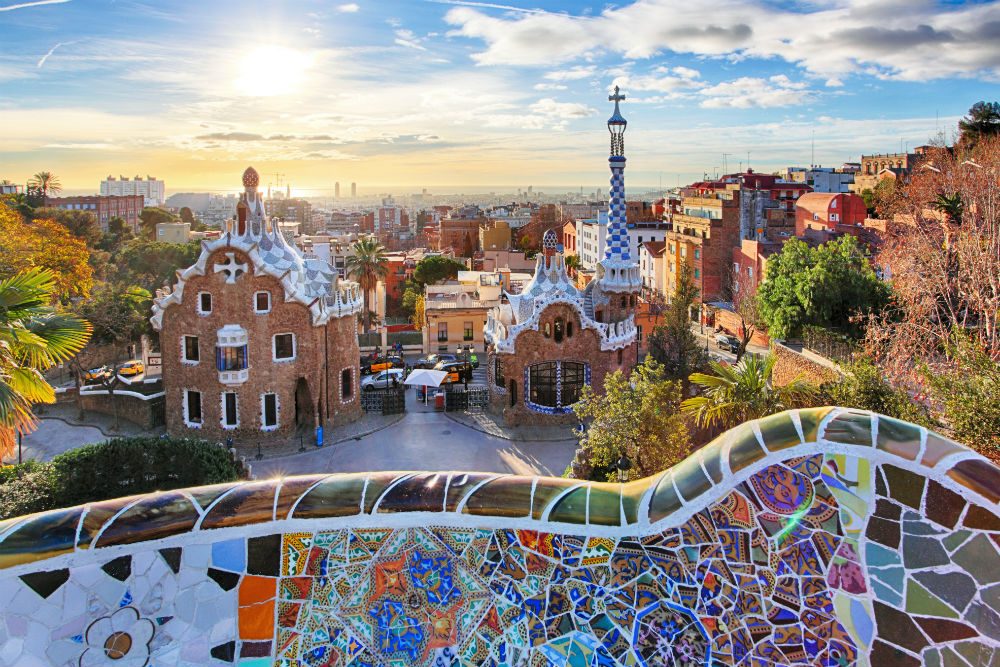
Gaudi’s Park Guell in Barcelona. Photo: Shutterstock
“It was the easiest, least stressful, most enjoyable trip our family has ever taken. Much of the credit for this goes to Iván. This trip came about because our oldest is spending a semester abroad at the University of Granada. My mom told us about Wendy’s WOW List, and we soon connected with Iván. My wife and I had a one-hour Zoom call with Iván where he asked about our family, what we like to do, where we wanted to go in Spain, and our ‘must-see/do’ list. Within 48 hours, he sent us a detailed itinerary that blew us away. It checked all the boxes we were looking for and then some.
The main cities we visited were Madrid, Granada and Barcelona. Since college, my wife has been fascinated by Gaudi and has always dreamed of seeing his work, so in Barcelona, Iván planned a ‘Gaudi Day,’ so she could get her fill. The day included visits to Park Güell, La Pedrera, Casa Batlló, and La Sagrada Familia.
Some of our favorite activities during the trip were under-the-radar experiences that Iván set up for us. My youngest daughter, who loves art, did a private art workshop with a local artist in Barcelona where she created a tile mosaic of an octopus in the style of Gaudi.
My favorite was the photography workshop we did in Granada. It was run by a couple with a studio and darkroom in one of the cave houses in the Sacromonte neighborhood of Granada. The workshop focused on wet plate photography, one of the oldest types of photography. They took a photo of our daughters to show us how the process works and then let the kids take and develop a few photos, which are now proudly displayed in our dining room. They were such a lovely couple, and we could have spent many more hours with them. It was truly a special trip.” —Alex Kovac
Read more reviews of Spain trips. To get your own WOW trip, start with our trip questionnaire, reached via the black button below.
New Zealand: “We saw a lot of the South Island by helicopter, we hiked, we kayaked, went to a mountaintop whisky bar and hot tub…”
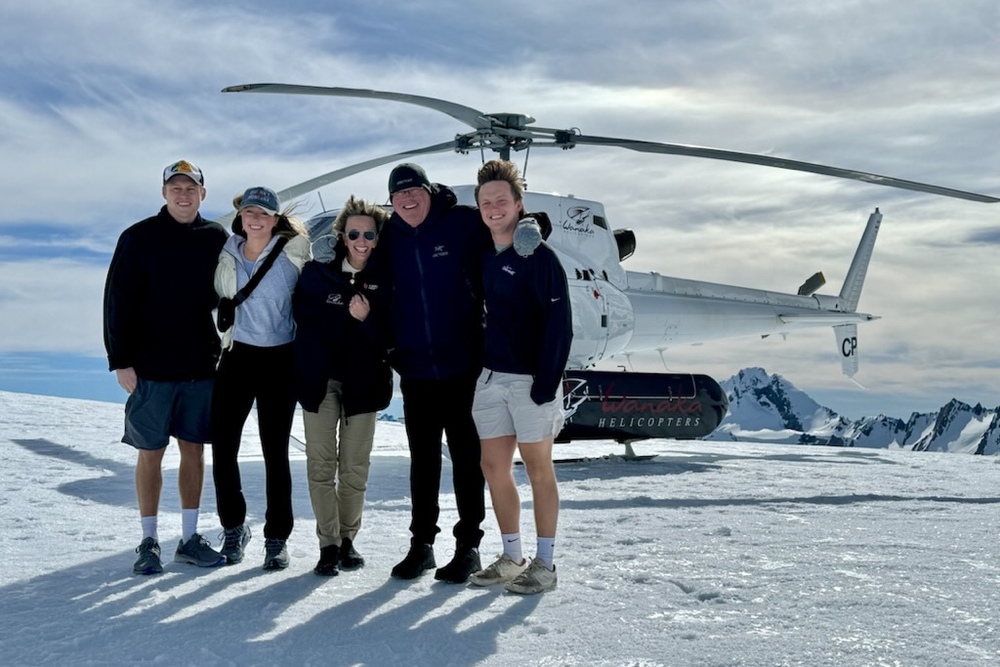
The Hancock family explored New Zealand’s South Island by helicopter, flying past waterfalls, high alpine lakes, river valleys, and sharp mountain peaks before landing on a glacier.
“Our 21-year-old son was studying in Australia. He was going to wrap up his trip in New Zealand. The idea came to us to make it a family holiday and meet him over there. The stars aligned and all schedules allowed it to happen. First off, Jean-Michel responded to our email inquiry immediately, and we were chatting with him 10 minutes later. We tossed ideas around and he assured us we could cover a lot of ground in the 8 days we had.
We saw a lot of the South Island by helicopter, we hiked, we kayaked, went to a mountaintop whisky bar and hot tub, went off-roading, drank lots of wonderful NZ wine and cheese. Our accommodations were fantastic. We have traveled the world, and Jean-Michel and his team are probably the best trip planners we have used to date.” —Susan and Blake Hancock
Read more reviews of New Zealand trips. To get your own WOW trip, start with our trip questionnaire, reached via the black button below.
Italy: “Our private boat ride on the Arno was a huge hit; my niece who is studying there had not ever seen a private boat trip on the river…”
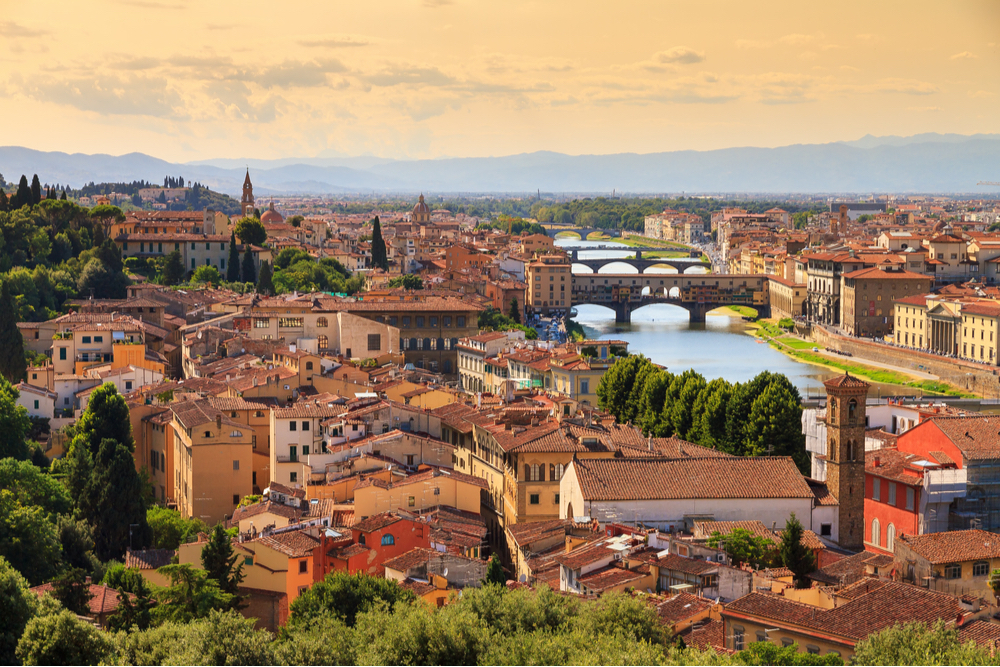
View over the Arno river in Florence. Photo: Shutterstock
“I had Maria plan a special family trip for three family members to spend 11 days in Italy in Oct. I had some specific requests to see some things I had not seen before, as I have lived and worked in Italy 30 years ago. Maria from the outset understood my needs and she crafted an amazing trip from the start (a private transfer from Malpensa to lunch at Villa D Este & on to Bellagio on Lake Como) to finish…High-speed train back to Milan to catch our flight home. Everything was seamless and very special.
All of the hotels were perfect for us, and Maria pulled off the virtually impossible: finding a lovely quiet room overlooking a piazza without crazy noise and in the shadow of important Renaissance architecture. She also mentioned the rooftop pool and bar at the Minerva in Florence, where we had drinks each night in the soft evening light, with gorgeous views of the Duomo. Her private excursions to the Factory floor of Lamborghini, to lunches at small wineries run by families who have been there for centuries… it was all beyond terrific. Our private boat ride on the Arno at night was a huge hit; my niece who is studying there had not ever seen a private boat trip on the river in the evening. This is the edge Maria offers, access and know-how that only a seasoned specialist can uncover for their clients.
I can’t thank Wendy enough for linking me up with Maria, we enjoyed every day of our trip and we will certainly reach out to her again to plan some more special moments in other spots in one of my most favorite countries on earth, that I have visited more than 20 times! Mille Grazie Maria and team!!! —Mary Munn
Read more reviews of Italy trips. To get your own WOW trip, start with our trip questionnaire, reached via the black button below.
Australia: “A private sunset cruise of the Harbour (one of our favorite moments!)”
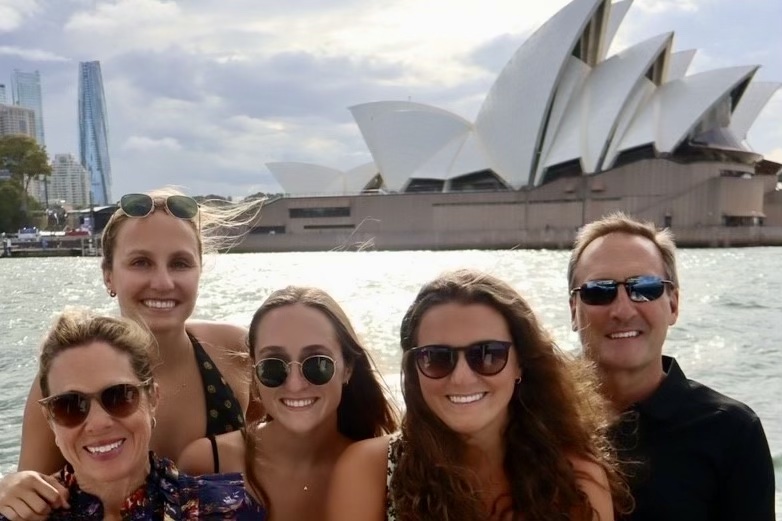
The Schildmeyer family on their private sunset cruise of Sydney Harbour.
“We cannot imagine our trip to Australia going any better than it did, simply because we learned about Wendy Perrin’s company from a dear friend, and their connection to Stuart and Jacki. We spent two weeks visiting our daughter, who was studying abroad in Sydney. Our trip began in Sydney, where we spent the first five days learning about the city, climbing the Sydney Harbour Bridge, hugely enjoying a private tour of the Sydney Opera House and our e-bike tour of Manly Beach. Then we ventured outside Brisbane to Lockyer Valley and the quiet, peaceful Spicers Hidden Vale. How fun to chat with the kangaroos outside our cabins! This retreat was perfectly quaint, with incredible views, meals and service.
After three days in the Valley, we flew to Cairns to spend three days at the Niramaya Villas & Spa. This leg of our trip was the most tropical, as we experienced an amazing day on the water snorkeling the Great Barrier Reef and an afternoon at Four Mile Beach. Port Douglas was an incredible seaside town with fantastic restaurants and a must-see sunset at the Marina.
We flew back to Sydney for a private sunset cruise of the Harbour (one of our favorite moments!) and headed stateside after our two-week adventures in beautiful, friendly Australia. This vacation exceeded every expectation and will undoubtedly be remembered in our family as a trip-of-a-lifetime.” —Karri Schildmeyer
Read more reviews of Australia trips. To get your own WOW trip, start with our trip questionnaire, reached via the black button below.
Copenhagen: “We had a truly special evening at the home of a local couple. They prepared a Danish Easter dinner for us…”
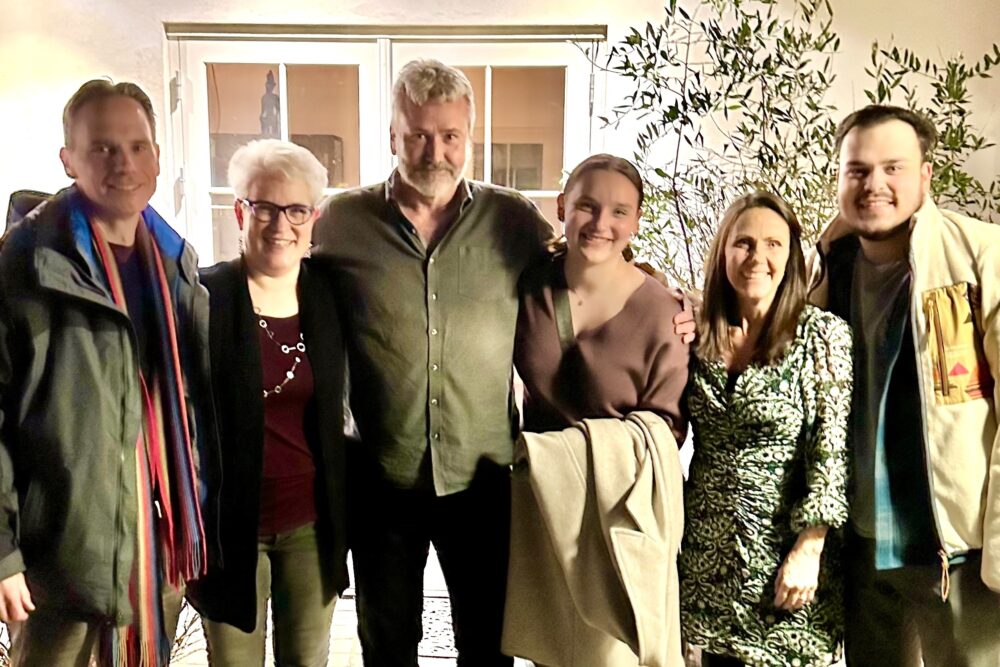
Cari Bender and her family with their local hosts in Copenhagen.
“We just returned from a wonderful trip to Copenhagen to visit our daughter who is studying abroad there. Mads helped us plan a lovely vacation where we got to explore all over the area. We learned about Danish food on a food tour and loved seeing the city from a private boat excursion along the canal.
Our favorite day was the Danish design day! We love Danish design, and Mads arranged for us to have a private tour of a furniture manufacturer and meet some current local artists in their own studio. It was a special and memorable day. My son and I probably took 1,000 photographs, and we all loved learning about the history of prominent furniture design. We had a terrific hotel right in Nyhavn, the famous canal with the colored buildings that was centrally located and super charming.
The other incredibly memorable adventure was Dine with Danes, where we had a truly special evening at the home of a local couple. They prepared a Danish Easter dinner for us—they must have cooked for two days! We simply adored them and we had a wonderful evening together. It was very special.” —Cari Bender
Read more reviews of Denmark trips. To get your own WOW trip, start with our trip questionnaire, reached via the black button below.
African safari: “We had so many up-close encounters with all sorts of wildlife…and have a shared album of over 1,000 pictures…”
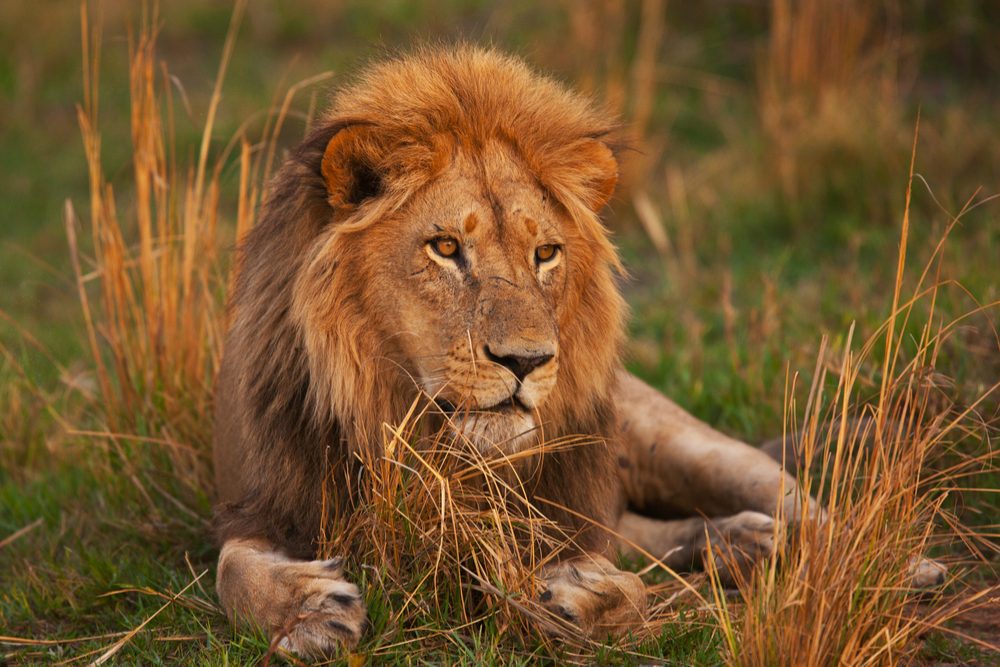
A lion in Botswana. Photo: Shutterstock
“Thanks to Julian for arranging an absolutely fabulous trip to the Okavango Delta, Victoria Falls and Cape Town during March 2024. We had travelers on different itineraries from the USA and needed to connect with my daughter in Gaborone, which complicated our agenda, and they all met up as planned. I appreciated the extra help with arranging an additional tour in Maun while we waited for our last friend. After the tour, we were the first guests at the Great Plains lounge, which just opened that day, while we waited until our departing flight to the Delta. We were met and escorted exactly as expected and did not encounter any snags along the way—relatively amazing, given we were on a total of 14 flights in the two weeks.
We thoroughly enjoyed each of the three camps in the Okavango Delta. The accommodations, service, food and animal experiences were so beyond our expectations at all three that we couldn’t pick out our favorite and wished we had another night at least to spend at all of them. We had so many up-close encounters with all sorts of wildlife—lions, elephants wild dogs and more—and have a shared album of over 1000 pictures :) In Zimbabwe, the Old Drift Lodge was also very nice, and Victoria Falls is spectacular. We had animals close to our tents in each of the camps, which was amazing—elephants, baboons, hippos and others. Each of the camps had great views of wildlife from the tents and common areas.
Our guide in Cape Town, Malcolm, was a wealth of information and really helped to show us the city and surrounding areas with a minimum of delay and made sure we had a good amount of time at each stop. We made full use of the Table Bay Hotel’s amenities, surrounding area and attached mall.” —Lori Kirk
Read more reviews of African safari trips. To get your own WOW trip, start with our trip questionnaire, reached via the black button below.
Be a smarter traveler: Sign up for Wendy’s weekly newsletter to stay in the know. Read real travelers’ reviews, then use the black CONTACT buttons on Wendy’s WOW List to reach out to the right local fixer for your trip.

